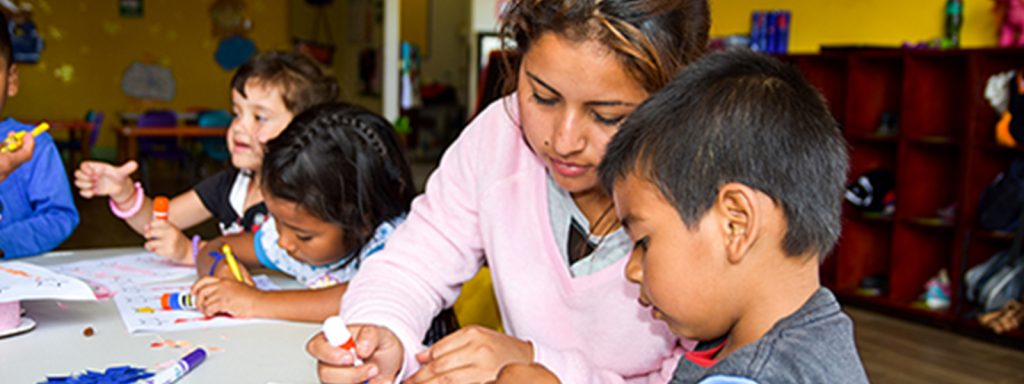NPH Bolivia, which currently serves as a home for 108 children, is located in the beautiful countryside of the Department of Santa Cruz. Only a very small part of the entire property is used as living space; the rest is still available for agriculture, animal production or reforestation. A wooded area separates two lots of land, where there is plenty of food, sun and shady places for the animals. The agriculture program at NPH Bolivia consists of five main parts: the fields for rice, corn and yucca, the livestock for meat, the milk cows, the vegetable & fruits gardens and the fish ponds. The agriculture program of NPH Bolivia goes through high and lows throughout the year as the agricultural team fights the changing climate and tries to take advantage of each season. From months of constant rain to months of dry heat and sun, our program is unfortunately at the mercy of the weather. At the start of each year, the rainy season is in full effect making it difficult for Agronomy Coordinator Hugo Antelo Vargas and his assistant Erland to work in the field. “We can’t do anything in January or February with our crops because of how much it rains and the impact on the land,” Hugo explains. “Instead we focus on milking our milk cows, taking care of our beef cows and feeding our fish as we prepare for them to fully mature.” Once March hits and the rain stops, the preparation of the land begins. Hugo uses the new US$53,000 tractor that was donated to break up and loosen the soil and apply nutrients to the land to maximize the crop growth. At the start of April, the agriculture program truly begins as NPH Bolivia start to plant and fertilize the seeds. “In April we plant watermelon and corn, in May it’s banana and yucca, in September it’s peanuts and more corn, and in October it’s rice,” Hugo says. “We vary the crops because some crops do better in certain seasons and with varying amounts of rain and water, as we try to maximize the resources we have.” While the ever-changing weather in Bolivia makes it difficult to produce crops year-round, the animal program has seen positive growth and potential. After restarting the fish pond program, NPH Bolivia is looking forward to start eating its own fish in March which should give the children fresh fish for many months. The home has also recently built a milking station and are in the process of buying 10-15 cows to start producing its own milk. The NPH home hopes to expand its milking station with more cows and machinery, which would allow us to make its own yogurt and butter. With that expansion, it would be able to further distance our dependence on outside sources for these important aspects of our nutrition program. Another program that NPH Bolivia hopes to see positive growth in is the children’s garden project, which had its first-year last year. Each house had their own garden close to their home where they grew lettuce, peppers, carrots, tomatoes, potatoes, watermelon and cucumbers. Everything that the children grew was used in the kitchen directly helping the home’s nutrition and budget. Hugo along with one of the caregivers who had a background in agriculture led the program. They offered workshops to the children and taught them about the crops they were growing and how to best maximize each crop’s growth. The children learned how to deal with certain pests that could affect their crops and the best way to water their garden. This April, the children will start their garden again, but instead of having their gardens close to their home, Hugo wants to create one large plot of land near the fish ponds. This will give the children a greater sense of working together to grow food for the home and to feel like they are making a real difference. “The children really enjoyed having their own garden and being a part of the agricultural production in the home,” Hugo concludes. “They are learning valuable skills and values that can be used and applied to their life even if they aren’t working in agriculture.”
Crops, Cows, and the Children’s Garden: The Agriculture Program of NPH Bolivia
| Subtitle Text Area | With such a varying climate, the agriculture program of NPH Bolivia needs to be flexible with how it plants and harvests its crops, while also maximizing the learning opportunities of the children. |
| Subtitle Image Area |   |
